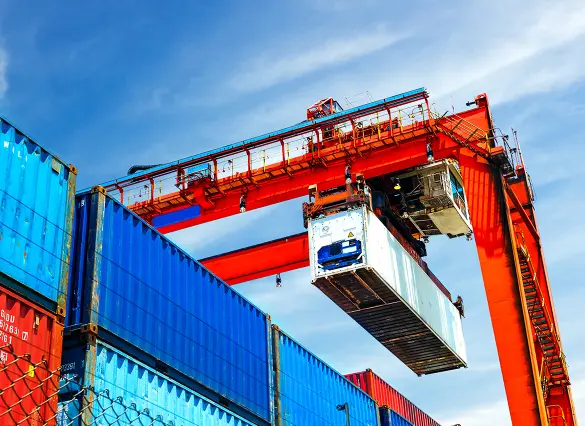Efficient warehousing and packaging play a vital role in the smooth movement of goods during transit, whether by land, sea, or air. These processes ensure that cargo is stored securely, handled properly, and protected from damage, contamination, or theft while in the supply chain.
Warehousing of Goods in Transit
Warehousing refers to the temporary storage of goods before, during, or after transportation. It is a critical link between production and distribution, helping streamline logistics and reduce lead times.
Key Functions of Transit Warehousing:
-
Storage and Consolidation:
Goods from different suppliers or production batches can be stored and consolidated into a single shipment for efficiency and cost savings. -
Inventory Management:
Real-time inventory tracking in warehouses helps businesses maintain optimal stock levels and avoid shortages or overstocking. -
Cross-Docking:
Some transit warehouses are designed for quick transfer from one transport mode to another with minimal storage time, reducing delays. -
Customs Bonded Warehousing:
Bonded warehouses allow storage of goods that are pending customs clearance. Duties are paid only when goods are moved out for delivery or sale. -
Security and Climate Control:
Secure and temperature-controlled warehousing is essential for sensitive goods like pharmaceuticals, electronics, and perishables.
Packaging of Goods in Transit
Packaging is not just about wrapping goods—it’s about ensuring their protection, stability, and identification during transit. Poor packaging can lead to damage, loss, or rejection at the delivery point.
Key Elements of Transit Packaging:
-
Protection:
Packaging must shield goods from physical impact, moisture, dust, and extreme temperatures throughout the journey. -
Durability:
Strong and durable materials (like corrugated boxes, wooden crates, or pallets) prevent collapse or tearing during loading, unloading, or stacking. -
Labeling and Identification:
Clear labeling, including barcodes, shipping marks, and handling instructions (e.g., “Fragile” or “This Side Up”), helps in tracking and proper handling. -
Standardization for Handling:
Goods are often packed on standardized pallets or containers to simplify handling by forklifts, cranes, or conveyor systems. -
Compliance:
Packaging must comply with international shipping regulations, including hazardous material packaging (IMO, IATA, etc.).
Benefits of Efficient Warehousing and Packaging:
-
Minimized Damage and Loss
-
Improved Supply Chain Efficiency
-
Lower Freight Costs (through optimized packaging)
-
Faster Customs Clearance and Delivery
-
Higher Customer Satisfaction
Conclusion
Warehousing and packaging are not just supporting elements—they are strategic components of cargo logistics. Proper planning, modern technology, and adherence to international standards ensure goods in transit arrive safely, efficiently, and on time.



Hi, this is a comment.
To delete a comment, just log in and view the post's comments. There you will have the option to edit or delete them.
This is test comment from Designthemes!